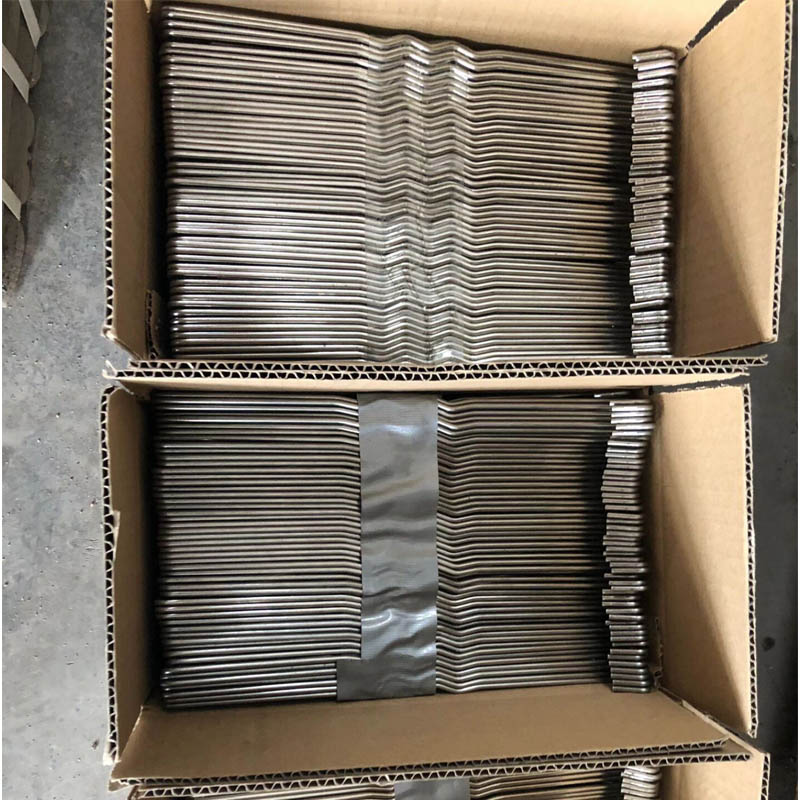
- Mobile Phone
- +8613931874955
- sales@cntcmetal.com
cow panel fence
The Benefits of Cow Panel Fences A Comprehensive Overview
When it comes to livestock management, ensuring the safety and security of your cattle is paramount. One of the most effective solutions available in the market today is the cow panel fence. This type of fencing not only serves as a sturdy barrier but also offers a myriad of additional benefits that enhance the overall management of livestock. This article explores the advantages of cow panel fences and their role in modern farming practices.
What is a Cow Panel Fence?
A cow panel fence is primarily made from sturdy metal rods that are welded together in a grid pattern, creating a strong and durable structure. Each panel typically measures 16 feet in length and 50 inches in height, making it suitable for various livestock types, particularly cattle. These panels are designed to withstand harsh weather conditions and resist rust, ensuring longevity and reliability for farmers.
Durability and Strength
One of the most significant advantages of cow panel fences is their durability. Unlike traditional wooden fences, which can warp, rot, or be damaged by pests, cow panel fences maintain their integrity over time. The rigid metal structure can withstand the pushing and pulling of large animals, ensuring that your cattle remain securely contained within the designated area. This durability reduces the need for frequent repairs and replacements, allowing farmers to save money in the long run.
Cost-Effectiveness
Investing in cow panel fences can lead to substantial cost savings
. While the initial investment may be higher than traditional fencing options, the longevity and reduced maintenance requirements of cow panels make them a more economical choice over time. Farmers can avoid recurring costs associated with repairing or replacing damaged wooden or wire fences, which can quickly add up.Versatility in Use
cow panel fence

Cow panel fences are not only suitable for cattle; they can also be used for sheep, goats, and other livestock, making them a versatile option for mixed farming operations. Their adaptability allows farmers to create temporary pens, calving areas, or even permanent pastures as needed. Additionally, the panels can be easily moved and rearranged, offering flexibility in farm management and layout.
Safety Features
Another critical aspect of cow panel fences is the safety they provide for both animals and humans. The sturdy design prevents livestock from escaping or wandering off, which can be a concern with traditional fencing. This confinement not only protects the animals from potential threats outside the fence, such as predators or traffic, but also ensures that they remain where they are supposed to be, reducing the risk of injury or stress from roaming.
Ease of Installation
Cow panel fences are relatively easy to install, requiring fewer tools and less time compared to traditional fencing methods. Many farmers appreciate the straightforward assembly process, which can often be completed by a small team without the need for specialized skills or extensive labor. This ease of installation allows farmers to quickly set up fencing when needed, making it an efficient solution for urgent situations.
Aesthetic Appeal
In addition to their functionality, cow panel fences can also be visually appealing. They provide a clean and modern look compared to other fencing options. This aesthetic quality can enhance the overall appearance of a farm, making it more attractive to visitors and potential buyers.
Conclusion
Cow panel fences are revolutionizing the way farmers manage their livestock. With their durable construction, cost-effectiveness, and versatility, these fences offer unparalleled benefits that are hard to overlook. Whether you are a seasoned rancher or a new farmer, embracing cow panel fencing could lead to improved livestock management practices and increased peace of mind. By investing in this innovative fencing solution, you are not only ensuring the safety of your cattle but also enhancing the efficiency and aesthetic appeal of your farm. Overall, cow panel fences are an essential tool for modern agricultural practices that prioritize livestock welfare and farm sustainability.
share:
-
Yard Sign Stakes: Reliable Guardians of Outdoor SignsNewsAug.04,2025
-
Wall Ties: Invisible Guardians of Building StabilityNewsAug.04,2025
-
Resilient Web: The Super Guardian Power of Concrete MeshNewsAug.04,2025
-
Masonry Accessories: A versatile assistant on building foundationsNewsAug.04,2025
-
Iron Binding Wire: the 'invisible reinforcement specialist' in the fields of architecture and industryNewsAug.04,2025
-
Dynamic Spring: The diverse functions and excellent performance of Wire Tension SpringNewsAug.04,2025
-
Your Source for Concrete Wall Ties and Masonry AccessoriesNewsJul.10,2025



















